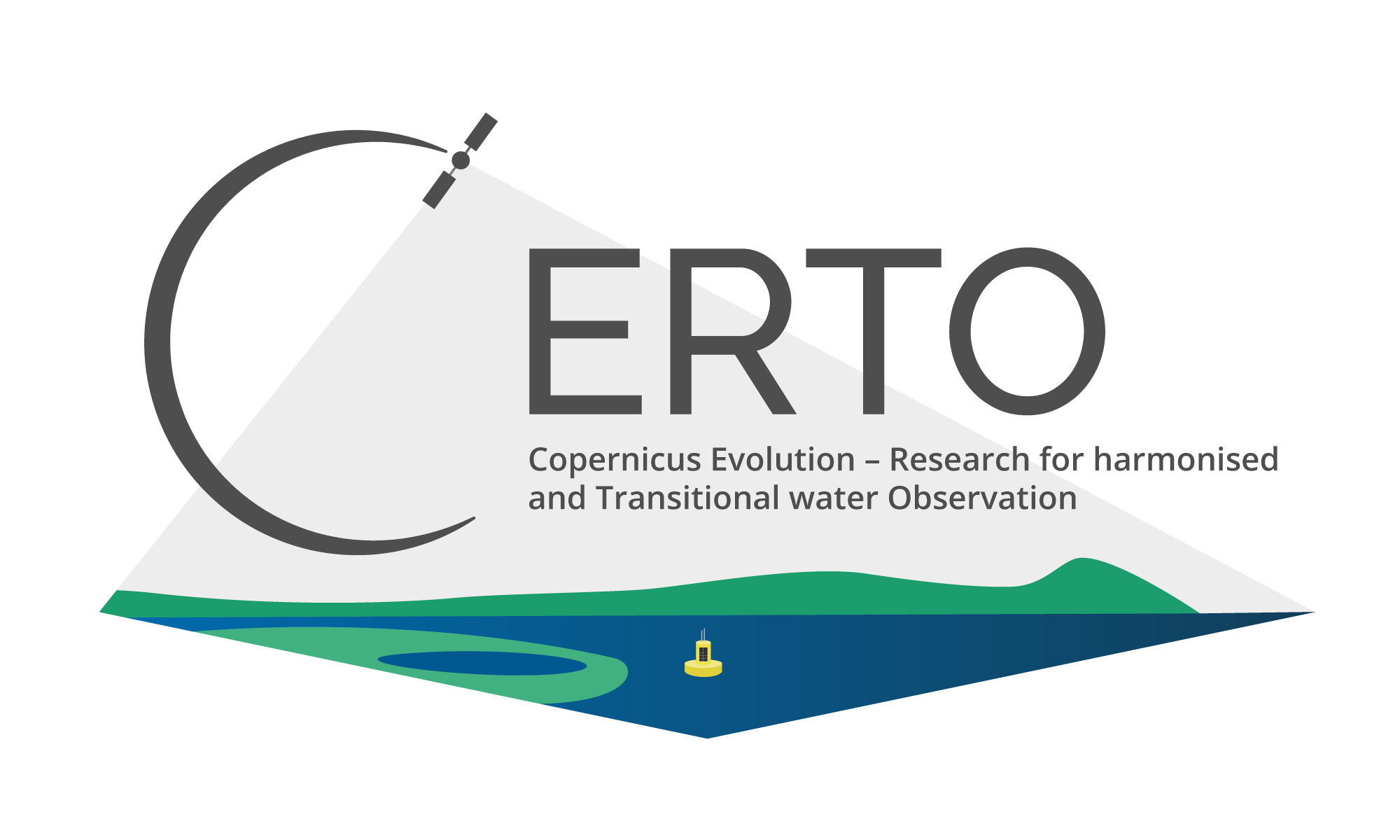Pictured: Satellite image of the Tagus estuary (via Certo-project.org)
Water quality is a worldwide issue affecting food production, industry, nature, recreation and ultimately human wellbeing.
Copernicus Evolution: Research for harmonised and Transitional water Observation (CERTO), a FEC supported network, brings together a community of innovators and entrepreneurs, as well as four research-intensive institutes, and the leaders of the water quality data production in the three Copernicus Services (Copernicus Marine, Copernicus Climate Change, and Copernicus Land).
This project aims to produce harmonised water quality data from each service on the European Copernicus programme and make it available to the large number of stakeholders operating in transitional waters.
CERTO is focusing on six case-study areas spread across Europe. These provide contrasting environments, from the large watersheds of the Elbe, Curonian and Tagus to the smaller catchments of the Tamar, Venice and Razelm-Sinoe.
The Tagus is one of the largest estuaries in Europe. It comprises a protected natural reserve area and is the stopping grounds for a wide range of migratory bird species and transiting fish.
Its broad shallow bay has semi-diurnal tides and is fed with fresh water from the Tagus river. An in situ monitoring programme has been running in the region since 1999, making it an ideal location for CERTO to determine long-term changes in water quality.
Keep up with the latest on this project which received funding from the European Union’s Horizon 2020 research and innovation programme via their twitter @CERTO_project. Their e-newsletter is distributed every six months with details of project progress and highlights. If you would like to receive it, complete the short “Register for updates” form in the footer of their website.


